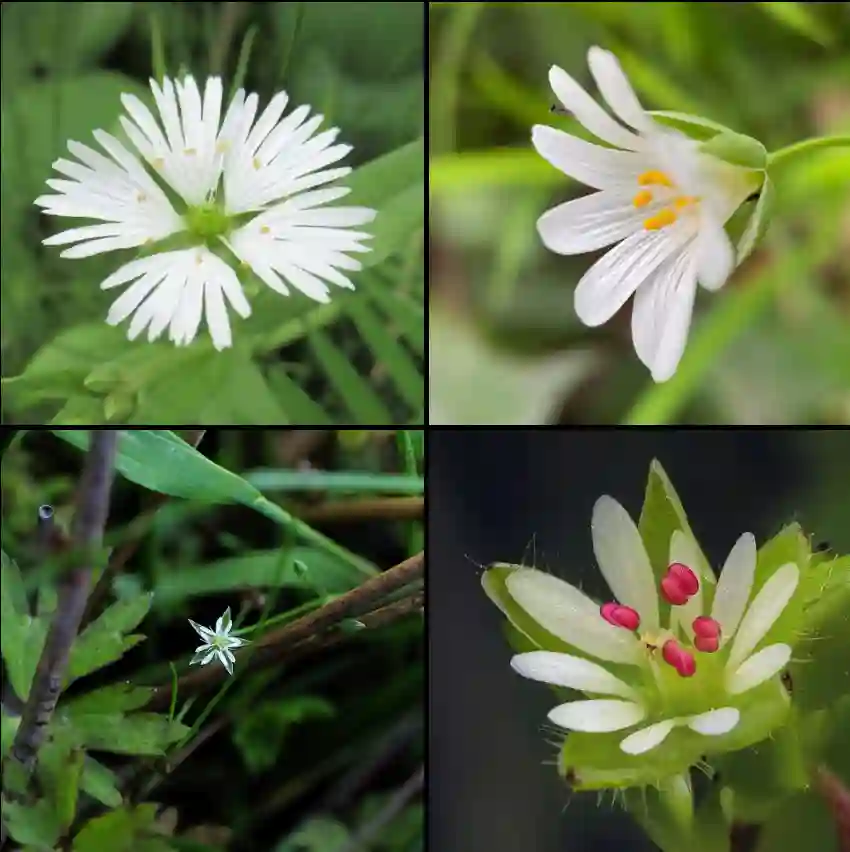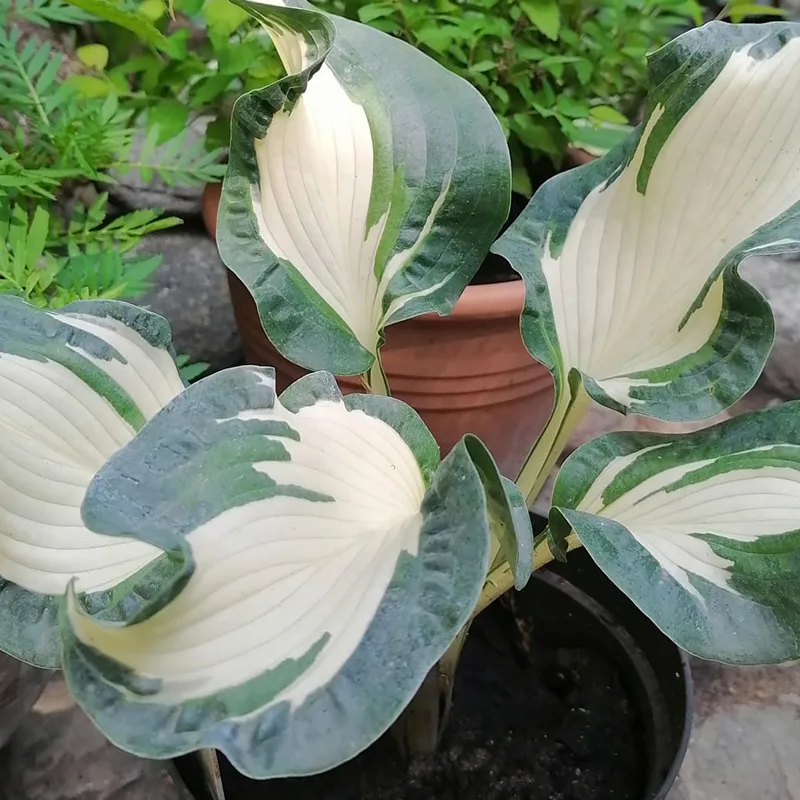Curio Ficoides: Your FAQs Answered
Curio Ficoides, often known as the String of Nickels or the Creeping Jade, is a charming succulent that can easily capture your heart and space. This plant, native to South Africa, offers a unique look and manageable care requirements. Here’s a comprehensive guide based on my experience with Curio Ficoides, covering all the frequently asked questions.
17 Species in Genus Curio
What is Curio Ficoides?
Curio Ficoides is a type of succulent that belongs to the Asteraceae family. It’s known for its trailing growth and small, round, coin-like leaves. These leaves give it the common name “String of Nickels” because they resemble a string of coins. The plant is quite hardy and can thrive in a variety of conditions, making it a popular choice for both beginner and seasoned gardeners.
How to Care for Curio Ficoides?
Caring for Curio Ficoides is relatively straightforward. Here are some essential tips:
- Light: This plant thrives in bright, indirect light. A south or east-facing window is ideal. If it doesn’t get enough light, it may become leggy and lose its compact form.
- Watering: Curio Ficoides prefers to dry out between waterings. Overwatering can lead to root rot, so make sure the soil is completely dry before watering again. Typically, watering every 2-3 weeks is sufficient, but this can vary based on light and temperature.
- Soil: Use a well-draining succulent or cactus mix. If you’re making your own, mix regular potting soil with sand or perlite to ensure good drainage.
- Temperature: This plant prefers temperatures between 60°F and 80°F (15°C to 27°C). It’s sensitive to frost, so keep it indoors or in a protected area during colder months.
- Fertilizing: Feed Curio Ficoides with a diluted, balanced fertilizer once a month during the growing season (spring and summer). Avoid fertilizing in the winter when the plant is dormant.
How to Propagate Curio Ficoides?
Propagation of Curio Ficoides can be done through leaf or stem cuttings. Here’s how I’ve successfully propagated it:
- Leaf Cuttings: Gently twist a leaf off the stem. Let the leaf dry for a few days to form a callus. Place the callused end on top of a pot with well-draining soil. Water sparingly until roots form.
- Stem Cuttings: Cut a healthy stem just below a node. Let it dry for a day or two to callus, then plant it in a pot with succulent soil. Water lightly until new growth appears.
What to Plant With Curio Ficoides?
Curio Ficoides pairs beautifully with other succulents and cacti. Some excellent companions include:
- Haworthia: Its rosette form complements the trailing nature of Curio Ficoides.
- Sedum: Varieties like Sedum Morganianum (Burro’s Tail) can create a lush, layered look.
- Aloe Vera: The contrasting textures add visual interest.
Mixing different succulents in a single pot can create an eye-catching display while allowing each plant to thrive in similar conditions.
Is Curio Ficoides Toxic?
Curio Ficoides is non-toxic to humans and pets. However, while it is not known to be poisonous, it’s always good practice to keep any plant out of reach of small children and pets to prevent any accidental ingestion.
Benefits of Curio Ficoides
Curio Ficoides offers several benefits:
- Low Maintenance: Its minimal care requirements make it ideal for busy people or beginners.
- Aesthetic Appeal: Its unique appearance and trailing growth make it a standout in any plant collection.
- Air Purification: Like many succulents, it can help improve indoor air quality by removing toxins.
Common Problems with Curio Ficoides
While generally easy to care for, Curio Ficoides can encounter a few issues:
- Leggy Growth: This usually indicates insufficient light. Move the plant to a brighter spot to encourage more compact growth.
- Root Rot: Often caused by overwatering. Ensure your pot has good drainage and let the soil dry out completely between waterings.
- Pest Issues: Watch for common pests like mealybugs or spider mites. If you spot any, treat with insecticidal soap or neem oil.
How Does Curio Ficoides Compare with Other Similar Plants?
Curio Ficoides is sometimes confused with similar plants like Senecio rowleyanus (String of Pearls) and Crassula perfoliata (Propeller Plant). Here’s a quick comparison:
- String of Pearls: Has spherical leaves on thin stems, while Curio Ficoides has flat, coin-like leaves.
- Propeller Plant: Features unique, propeller-shaped leaves and a more upright growth habit compared to the trailing Curio Ficoides.
Both of these plants offer distinct looks but require similar care in terms of light, soil, and watering.
In summary, Curio Ficoides is a delightful and low-maintenance plant that can add a touch of greenery to your space. With its easy care requirements and unique appearance, it’s a fantastic addition to any plant collection.
If i die, water my plants!



